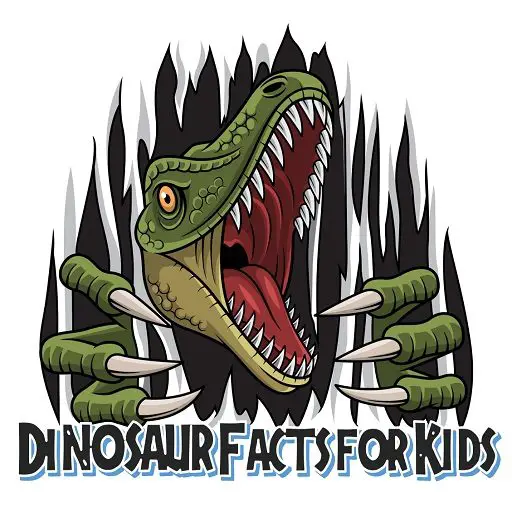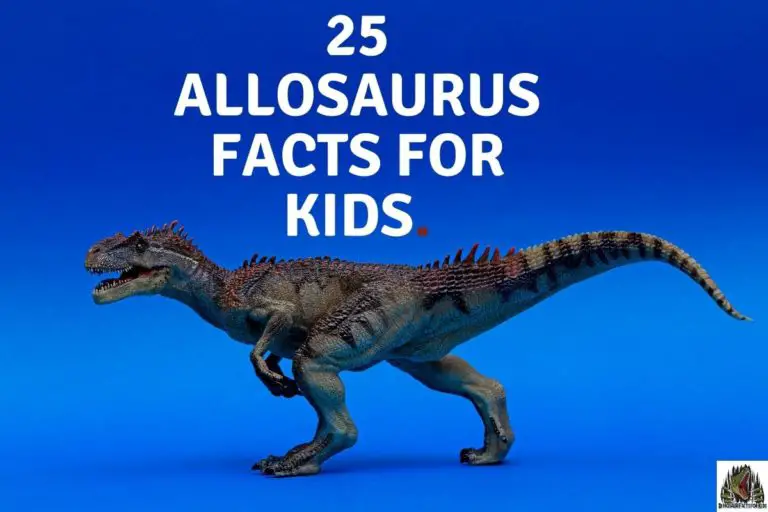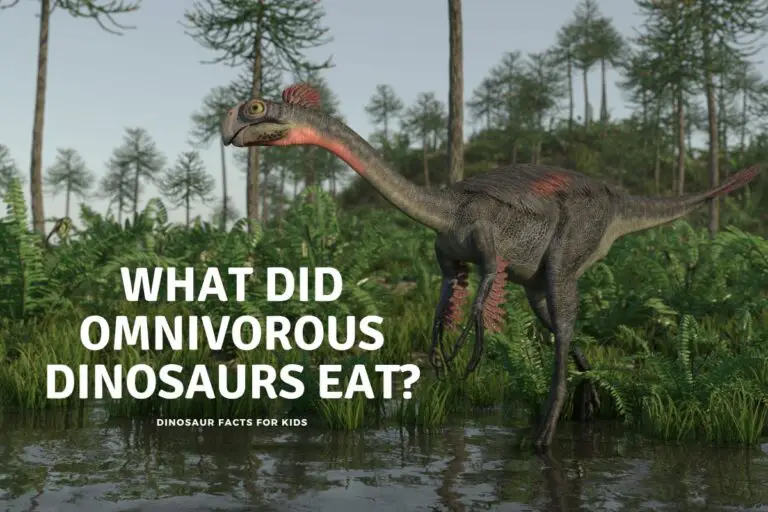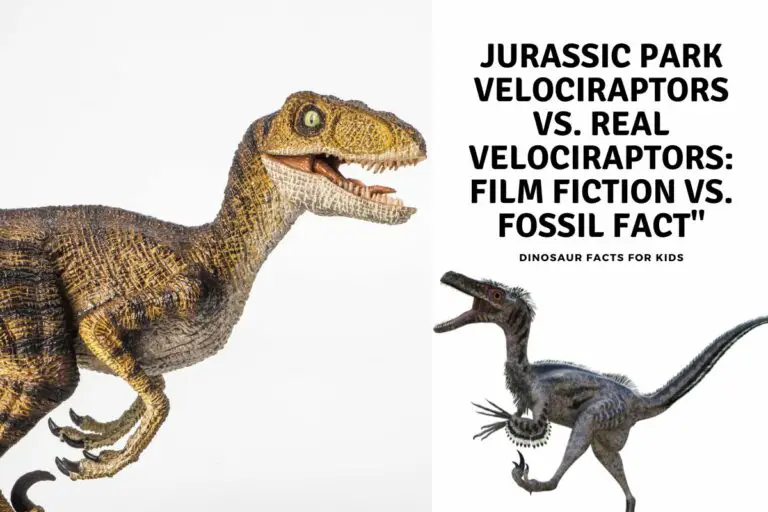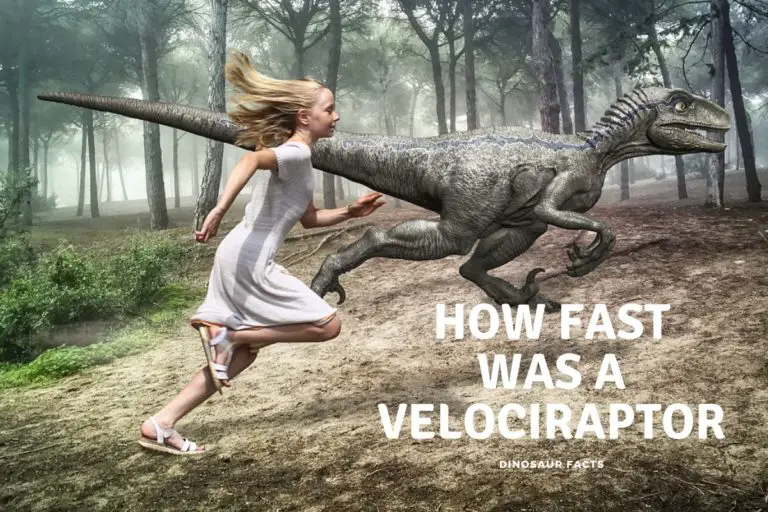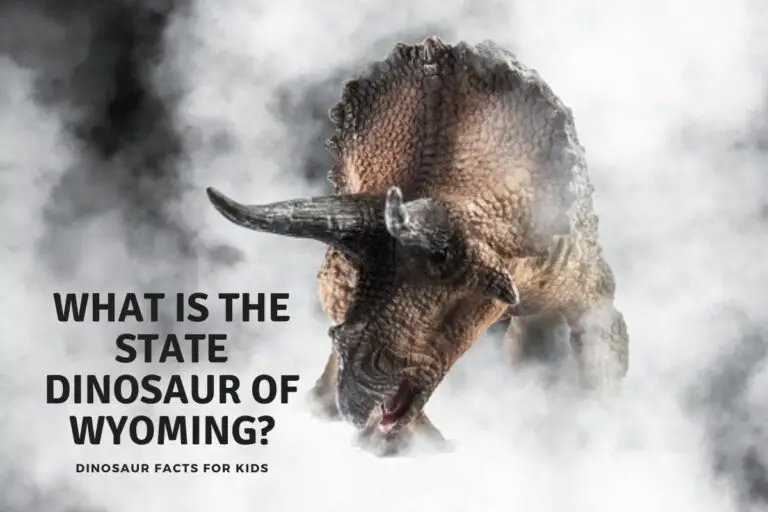Dinosaur Name Meanings
If i said the words “fire thief”, “roof lizard” or “king tyrant lizard” would you know what i am talking about. Dinosaurs names can be tricky, both to pronounce and to work out what they actually mean. We have a list, a table and a printout of some of the most common dinosaur names and their meanings for you in this article. We also have some of the reasons why they are named this way and how a new dinosaur is named.
Dinosaurs are usually named by incorporating one of the following: The location of fossil discovery, distinguishing features of the fossil, or the name of the discoverer or expedition organizer. However, there are examples of dinosaurs named in competitions,(Dracorex Hogwartsia) or after figures of note (Obamadon)
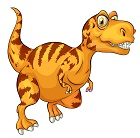
We have listed these Dinosaur name meanings from A to Z. Although we can’t do them all we have chosen the common, and most popular dinosaur name meanings here.
Below you can learn which is the longest shortest and how dinosaurs are named as well, don’t for get to check that out and the free printable at the bottom of the table as well!
What Do Dinosaur Names Mean?
There is simply no way we can list all the dinosaur name meanings here (over 1000 of them and growing at one a week!) so we have chosen 3-5 from each letter. We have tried to choose the more popular dinosaurs and…. ones we think have a funny or cool name.
| Dinosaur Name | Dinosaur Name Meaning | Reason it was Named | |
| A is for | |||
| Allosaurus | Different Lizard | Its bones were different than other bones found at the time. | |
| Ankylosaurus | Stiff Lizard | The bones were fused, making it a very sturdy dinosaur. | |
| Apatosaurus | Deceptive Lizard | Some of the bones looked like mosasaurs, causing confusion. | |
| Archaeopteryx | Ancient wing | Was one of the first winged dinosaur discoveries. | |
| Argentinosaurus | Argentina lizard | It was found in Argentina. | |
| B is for | |||
| Bambiraptor | Bambi thief | Named after Bambi the Deer! | |
| Barosaurus | Heavy Lizard | it would have been heavy! | |
| Baryonyx | Heavy Claw | It had a heavy claw on the first finger. | |
| Brachiosaurus | Arm Lizard | It had very long ‘arms’ or front legs. | |
| C is for | |||
| Carcharodontosaurus | shark tooth lizard | it had shark like teeth | |
| Carnotaurus | Meat-eating bull | it had sharp teeth and two horns. | |
| Centrosaurus | Sharp Pointed Lizard | It had a horn and sharp points around its frill. | |
| Compsognathus | Dainty Jaw | Because it had a little jaw! | |
| D is for | |||
| Deinocheirus | Terrible Hands | It had two hands full of long claws | |
| Deinonychus | Terrible Claw | It had two huge claws on each foot. | |
| Diplodocus | Double-beam lizard | It had two rows of bones under its tail | |
| Dilophosaurus | ‘two-ridged lizard’ | It had two boby crests on its head | |
| Dracorex Hogwartsia | Dragon king of Hogwarts | Named after a competition at a children’s museum. | |
| E is for | |||
| Edmontosaurus | Edmonton lizard | It was found near Edmonton, Canada | |
| Euoplocephalus | Well-armoured head | it had a very well armoured head! | |
| Eustreptospondylus | Well Curved Back | Its back was curved. | |
| F is for | |||
| Fukuiraptor | thief of Fukui | Found in this area of Japan | |
| Fukuisaurus | Fukui lizard | Found in this area of Japan | |
| G is for | |||
| Gallimimus | Chicken-mimic | Because its neck was similar to a chicken or turkey | |
| Giganotosaurus | Giant Southern Lizard | It was massive and found in the south! | |
| Guanlong | Crowded Dragon | had a large air filled crest on its head. | |
| H is for | |||
| Homalocephale | Level Head | it had a flat skull. | |
| Herrerasaurus | Herreras lizard | Named after the rancher that discovered it. | |
| Huayangosaurus | Huayang lizard | Huayang is another name for Sichuan where it was found. | |
| I is for | |||
| Iguanodon | Iguana tooth | It was thought to have teeth like an iguana. | |
| irritator | irritator | Scientists were irritated by damage caused to the fossil by collectors. | |
| Indosuchus | Indian crocodile | It was found in India, and looked like a crocodile | |
| J is for | |||
| Jaxartosaurus | Jaxartes River lizard | It was found near this river. | |
| Juravenator | Jura Mountain Hunter | It was found near the bavarian mountains. | |
| K is for | |||
| Kentrosaurus | Spiked lizard | This dinosaur had spikes on its back. | |
| Khaan | Ruler | WAs found in mongolia, where Khaan means ruler, like Genghis Khaan | |
| L is for | |||
| Leptoceratops | Slim Horned Face | Its face was thin with a horn. | |
| Lesothosaurus | Lizard from Lesotho | It was found in Lesotho | |
| Liliensternus | [for] Lilienstern | Was named after a scientist Dr. Hugo Rühle von Lilienstern | |
| M is for | |||
| Maiasaura | Good Mother lizard | Fossils have been found with the mother and young | |
| Majungasaurus | Manjunga Lizard | it was found is this part of Madagascar. | |
| Mapusaurus | Earth Lizard | Mapu means Earth in Mapuche | |
| Megalosaurus | Great Lizard | it was pretty big! | |
| Micropachycephalosaurus | tiny thick headed lizard | it was tiny and thick headed! | |
| N is for | |||
| Neovenator | New Hunter | It was named relatively recently. | |
| Nigersaurus | Niger Lizard | Was found in Niger. | |
| Nodosaurus | knobbed lizard | Had lots of knobs and plates on its back. | |
| O is for | |||
| Ornithomimus | Bird Mimic | It had bird like feet | |
| Oviraptor | Egg Thief | First found with broken eggs, however those were likely its own. | |
| Ouranosaurus | Brave Monitor Lizard | Named after a modern lizard | |
| P is for | |||
| Pachycephalosaurus | Thick headed lizard | It had a thick head | |
| Pantydraco | Panty Dragon | … .was found in wales near a quarry called Pant-y-ffynnon | |
| Parasaurolophus | near crested lizard | it was similar to another dinosaur. | |
| Pentaceratops | five horned face | It had five horns on its face. | |
| Protoceratops | First horned face | Small horns on its face | |
| Q is for | |||
| Quaesitosaurus | Extraordinary Lizard | Not sure! maybe it was extraordinary! | |
| Quetzalcoatlus | Feathered Serpent God | Named after an Aztec god | |
| R is for | |||
| Rhabdodon | Rod tooth | Due to its teeth shape | |
| Rinchenia | Rinchen | Named after Rinchen Barsbold | |
| Riojasaurus | Rioja Lizard | Named after the area it was found. | |
| S is for | |||
| Saurophaganax | Lord of lizard eaters | Was a very large type of Allosaurus. | |
| Seismosaurus | Earth shaking lizard | So big they imagined it shaking the earth. (was probably a large diplodocus though) | |
| Spinosaurus | Spine lizard | Named for the sail/spines on its back. | |
| Stegosaurus | Roofed lizard | Named after the plates on its back which were first thought to be flat. | |
| Suchomimus | Crocodile mimic | Looked like a crocodiles skull. | |
| T is for | |||
| Therizinosaurus | Scythe Lizard | HUGE claws on its hands like Scythes | |
| Torosaurus | Bull lizard | It had horns like a bull. | |
| Triceratops | Three horned Face | Had three large horns on its face. | |
| Troodon | Wounded tooth | Had different teeth to other theropods | |
| Tyrannosaurus Rex | Tyrant lizard King | So big and scary and named for that! | |
| U is for | |||
| Urbacodon | URBAC tooth | Named after the expedition that found it. | |
| Utahraptor | Utah Thief | It was found in Utah | |
| V is for | |||
| Velociraptor | Fast Thief | When discovered it was thought to be fast and carnivorous | |
| Vulcanodon | Volcano Tooth | both the shape of the teeth and it was found between two lava flows. | |
| W is for | |||
| Walgettosuchus | Walgett Crocodile | Named after a town and an Egyptian Crocodile god. | |
| Wannanosaurus | Wannan lizard | Named after the location it was found | |
| X is for | |||
| Xiaosaurus | Dawn lizard | Named after the age of the fossil. | |
| Y is for | |||
| Yangchuanosaurus | Yangchuan lizard | Named after the Shangyou Reservoir Dam in China. | |
| Yi Qi | Strange Wing | It may have had bat like wings | |
| Yimenosaurus | Yimen Lizard | Named after Yang Zhongjian, | |
| Z is for | |||
| Zalmoxes | Dacian deity | Named after a Dacian god. | |
| Zigongosaurus | Zingong lizard | Named after area it was found. |

Dinosaur Meaning Printable
you can download the above list over two pages below.
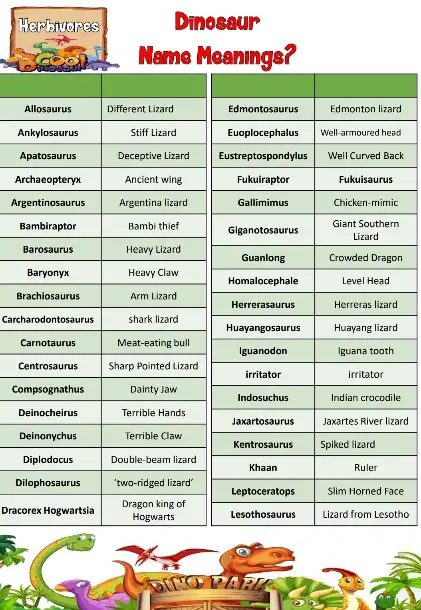
How Many New Dinosaurs are Discovered Each Year.
As more and more people discover fossil hunting and techniques get better and better the discovery there are more and more new dinosaur types being discovered named and classified each year. On average since 2003 the number of new dinosaurs being found and named is around 45 a year, that is almost one a week!
That is not including all the new prehistoric animals, insects birds, fish and reptiles that are also found! As each year goes on we learn more and more about animals that walked the Earth before us.
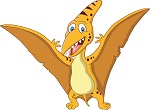
How do Dinosaurs Get Their Name?
The word “dinosaur” was created in 1842 by paleontologist Sir Richard Owen. He named them dinosauria, which means “terrible lizard”. It is a combination of two Greek words; “Deinos” which means terrible and “Sauros” which means lizard. So Dinosaur means terrible lizard and this naming system continues today.
However individual dinosaurs although more often following the rules set so long ago by being named due to their appearance can also be named for other reasons. We have listed a few of these below.
- Dinosaurs can be named after the person who discovered them – for example The dinosaur Chassternbergia is called this as it was named after Charles Sternberg. Sternberg is the fossil hunter who found this dinosaur.
- They can also be named for famous people like the Obamadon or the Attenborosaurus After President Obama and the famous natural historian from the BBC David Attenborough.
- They can be named after the expedition funding ( hunting fossils can be an expensive business and keeping the money happy is a good idea!) for example Diplodocus carnegii is named after the sponsor (andrew Carnegie)
- More common, though a little less original, Dinosaurs can be named after the location they were found. Examples include the Utahraptor, edmontosaurus etc. We are waiting for the mybackyardasaurus rex to be named!
- For the vast majority of dinosaurs the name tells us something about them. names like velociraptor meaning fast thief, Triceratops meaning three horned head, carcharodontosaurus meaning sharktooth lizard, pachycephalosaurs meaning think head lizard etc.
- Sometimes, though after the next example maybe less frequently, there are competitions to name a dinosaur. The children’s museum in Indianapolis had a fossil of a dinosaur donated to them and thought it would be a good idea to have a competition to let the children name the dinosaur…. so now there is a dinosaur called Dracorex Hogwartsia, which means, in greek, the Dragon King of Hogwarts!
All dinosaur named have to be checked and looked at by other scientists though and after that the ICZN ( international Commision on Zoological Nomenclature) have to agree before the name is recorded… Just in case you have any rude or crazy ideas!

How Can I name a dinosaur?
As we mentioned above there are a few ways you could name a dinosaur, but none of them are easy! So if you really want to be the one who names the dinosaur these are your options!
- Be the person who finds a new dinosaur
- Pay for the expedition
- Be famous and/or lucky!
- Win a competition
That’s about it!
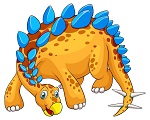
Do Dinosaur Names Change?
As a rule once a dinosaur is named the name stays. However a couple of times it has happened or been close to happening, even the most popular of dinosaurs nearly had a name change! the mighty T-rex. We will mention a couple of examples below.
Tyrannosaurus Rex was almost called Dynamosaurus imperiosus after fossils that had been mistaken for two different species were actually found to be just one. In science it is the first name that counts, and the name Tyrannosaurus appeared first (on page 262) of the report and the name Dynamosaurus Imperiosus on page 263! So luckily T-Rex kept its name!
Syntarsus was a predator dinosaur named in 1969 by Mike Raath, however a beetle had been given that name over 100 years before. When the mistake was discovered it fell to an Insect expert, Mike Ivie to rename the dinosaur. He, inadvisably chose Megapnosaurus, which means big dead lizard. Mike raath was not amused. perhaps as they both had the same name they could have let the beetle and this dinosaur share a name as well?
When was the First Dinosaur Named?
This, like the name changes of dinosaurs above has a little drama to it as well. The first dinosaur named by a scientist was the megalosaurus (meaning great lizard) in 1824 but actually the first dinosaur fossil discovered was iguanodon. (iguana teeth) by Mary Ann Mantell on a walk in England in 1822.
However people at the time thought it couldn’t be a dinosaur, in fact there wasn’t a word for dinosaur then! that didn’t come until 1842. So even though iguanodon was the first fossil found, or recorded to be found, it was the second dinosaur to be named.

What is the Longest Dinosaur Name?
I often used the larger cousin of this dinosaur to test my students English and see if they could say it, and count the syllables. In fact i used the how to say dinosaur names worksheets you can download for free below.
That dinosaur was pachycephalosaurus, however there was a smaller version of this dinosaur which got given the Longest name for a dinosaur which is Micropachycephalosaurus. Which means tiny thick headed lizard. the longest name for a tiny dinosaur.
What is the Shortest Dinosaur Name?
The shortest dinosaur name is “Yi Qi” it means stange wing in Mandarin. It was a small bat like dinosaur discovered in China in 2007 that lived around 158 million years ago. Although short in name it is tall in stature as it is one of the few dinosaurs with evidence of bat like membranes that may have helped it fly or at least glide from tree to tree.
Conclusion
Hopefully these dinosaur names meanings have given you some help. There are over 1000 dinosaurs and the number rises each week, so we can’t do them all!! however this link has a quite a few more if you need even more dinosaur name meanings!
Also don’t forget to check out our other dinosaur facts and information and the recommended dinosaur products below.

Some of My Dinosaur Resource Recommendations for Home and School.
Thanks for taking the time to read our facts and questions articles, as a teacher myself i have struggled to find resources in one place and that is why this website was born. I simply love teaching students about dinosaurs both in my role as a language and General Studies teacher. However there is sometimes a need for something more concrete than a printout (as useful as we think ours are! )
There is something awesome about the feeling of awe that these amazing creatures instil in our children and students. To further help you, and potentially me, i have included a few resources below that i have found to be incredibly successful when explaining dinosaurs to children, these range form books and resources, to toys fossils and dinosaur figures.
Sometimes having something tactile to touch in those tiny hands help to focus and cement learning and develop those big brains! Hope they are helpful too.
Dinosaur Books and Readers
There are of course hundreds of excellent, and not so excellent books on Dinosaurs for Children out there. So rather than, yet, go into huge detail. I will highlight the ones I love to use with my students from ages 6 to 10. We have include AR in these as well. ( nothing quite like a moving dinosaur in front of you!
Fossil Sets
I cant say how great these are to use in a classroom while reading with a group. the chance to read about a dinosaur and then touch a real piece is simply great. I have a selection ( self confessed dinosaur geek) but a cheap set of 10 or so will do the trick just as well. Dinosaur poop is great as well!!! i pass it round and ask them to guess what it is first!
Dinosaur Figures
I actually use realia in a lot of classes especially with animals and dinosaurs, and figures help to show the kind of animal we are reading about. It is possible to spend hundreds of dollars on dinosaur figures but ther eis no need, either as a teacher or a parent. The set below and similar we have used to help students picture dinosaurs to great effect.
Hi, I am Roy Ford a General Studies and English Teacher who has taught all over the world. What started as a fossil collection became a great way to teach, motivate and inspire students of all ages and all over the world about dinosaurs and from that and children’s love of dinosaurs came the site dinosaur facts for kids, a resource for all ages.
